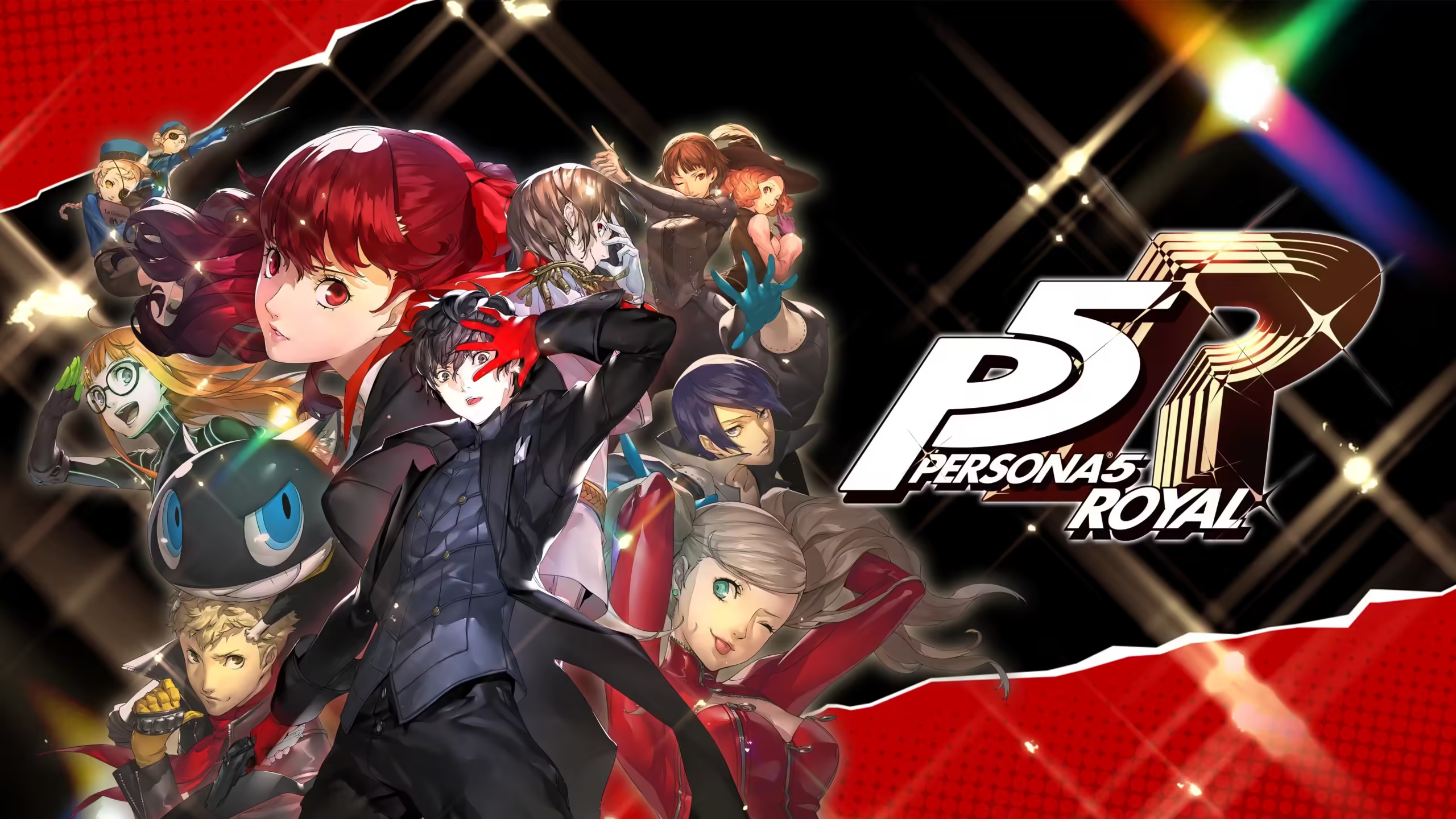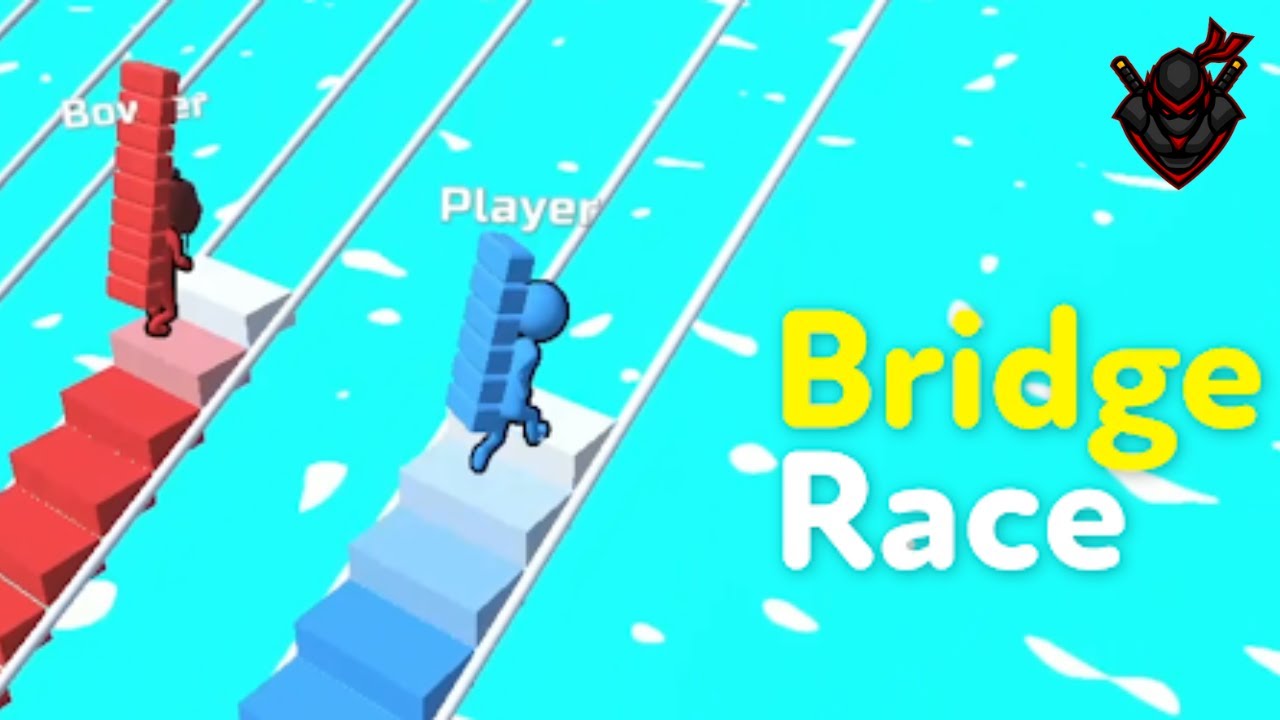Introduction
Persona 5, developed by Atlus, is a critically acclaimed Japanese role-playing game (JRPG) that combines a gripping story with deep, strategic turn-based combat and social simulation elements. Released in 2016, Persona 5 is the fifth main installment in the Persona series, which is a spin-off of the larger Shin Megami Tensei franchise. It tells the story of a group of teenagers who harness the power of their inner “personas” to fight against societal corruption and oppressive forces.
Persona 5 is praised for its unique style, compelling narrative, memorable characters, and its seamless blend of RPG mechanics with daily life simulation. In this article, we’ll delve into the various aspects of Persona 5, including its plot, gameplay systems, visual style, and lasting impact on the gaming world.
The Story and Themes of Persona 5
Rebellion Against Society’s Injustice
The central theme of Persona 5 is rebellion, particularly against the injustices that permeate modern society. The game’s protagonist, known as Joker, is a high school student who has been wrongfully accused of assault and sent to live in Tokyo on probation. While attending Shujin Academy, he and a group of similarly troubled students awaken to their personas—manifestations of their rebellious spirits. Together, they form the Phantom Thieves of Hearts, a group determined to change the hearts of corrupt individuals by entering the Metaverse, a parallel world born from the distorted desires of people.
As the Phantom Thieves, the group invades the palaces of corrupt individuals and forces them to confess their wrongdoings in the real world. These individuals range from abusive teachers to corrupt politicians, each representing various societal flaws. The game’s story is a critique of power structures and explores themes like freedom, justice, and the consequences of blind obedience.
Character-Driven Narrative
The heart of Persona 5 lies in its cast of characters. Each member of the Phantom Thieves has their own personal struggles and motivations, which are explored through the game’s Confidant system (previously known as Social Links in earlier Persona games). As Joker builds relationships with his teammates and other individuals in Tokyo, their stories unfold, revealing the emotional depth of each character.
For example, Ryuji Sakamoto is an outspoken rebel who struggles with a tarnished reputation due to a past incident with his school’s track team, while Ann Takamaki deals with the pressures of societal beauty standards and the isolation caused by her appearance. Each character’s story is unique and provides insight into the broader themes of societal pressure and the desire for personal freedom.
Gameplay Mechanics: A Blend of RPG and Life Simulation
Turn-Based Combat with a Strategic Twist
The combat in Persona 5 revolves around traditional turn-based mechanics but with several modern innovations that keep battles fresh and engaging. Joker, as the leader of the Phantom Thieves, has the ability to wield multiple personas, each representing different skills and abilities. Players must exploit enemy weaknesses, manage their party’s abilities, and use tactical strategies to win battles efficiently.
The One More system encourages players to hit enemy weaknesses to gain additional actions, while All-Out Attacks—devastating group attacks that occur when all enemies are knocked down—add flair and excitement to battles. The game also introduces Negotiation, a mechanic where players can talk to downed enemies, asking them for money, items, or to join Joker’s roster of personas.
Palaces and Procedurally Generated Dungeons
Persona 5 features two primary types of dungeons: Palaces and Mementos. Palaces are story-driven dungeons based on the distorted desires of individuals the Phantom Thieves are targeting. These Palaces are highly thematic and uniquely designed to reflect the personality and psyche of their rulers. For example, an egotistical teacher may have a Palace that looks like a lavish castle, where he views students as his personal subjects.
In contrast, Mementos is a procedurally generated, multi-level dungeon representing the collective unconscious of the people of Tokyo. In Mementos, the Phantom Thieves can complete side quests and level up their personas. Mementos serves as a more traditional dungeon-crawling experience, giving players the freedom to explore at their own pace.
Social Simulation: Life as a High School Student
While combat and dungeon exploration are key parts of Persona 5, equally important is the game’s social simulation aspect. As Joker, players must balance their double life as a Phantom Thief with the responsibilities of being a high school student. This means attending classes, studying for exams, working part-time jobs, and participating in extracurricular activities.
The game operates on a time management system, where players must decide how to spend their limited in-game time. Building relationships with Confidants not only deepens the story but also unlocks gameplay benefits, such as new abilities in battle or discounts at shops. For example, spending time with Sojiro, Joker’s caretaker, improves Joker’s cooking skills, allowing him to make more effective healing items. This combination of role-playing and life simulation makes Persona 5 unique in the RPG genre.
Visual Style and Presentation
Stylish Aesthetic
One of the most striking features of Persona 5 is its bold and unique art direction. The game’s visual design is inspired by urban Tokyo culture, with a distinct focus on red, black, and white color schemes. The user interface (UI) is not only functional but also stylish, with flashy transitions, dynamic menus, and comic book-like dialogue boxes that exude personality.
The game’s visual presentation extends to its characters, each of whom has a carefully crafted design that reflects their personalities and roles in the story. The persona designs are also imaginative, with each representing mythological, historical, or literary figures, such as Arsène Lupin, Zorro, and Robin Hood.
Music and Atmosphere
The soundtrack of Persona 5, composed by Shoji Meguro, is a blend of jazz, rock, and pop that perfectly complements the game’s urban setting and rebellious tone. Iconic tracks like “Wake Up, Get Up, Get Out There” and “Rivers in the Desert” heighten the emotional impact of key moments, while the more subdued, mellow tunes help set the tone for the quieter moments of daily life in Tokyo.
The music, combined with the game’s visual style, creates a highly immersive experience that draws players into its world. The atmospheric details of the city, from bustling train stations to quiet cafes, contribute to the game’s sense of realism, making Tokyo feel like a living, breathing place.
Confidant System and Character Relationships
Building Bonds Through Confidants
In Persona 5, the Confidant system allows players to form and strengthen relationships with a wide variety of characters, each representing a different Arcana—symbolic cards that govern different aspects of life, such as the Fool, Magician, or Lovers. By spending time with Confidants, Joker can increase his social ranks, unlocking new abilities for battle, discounts at shops, or other benefits.
Each Confidant relationship is tied to a unique story arc, with characters ranging from fellow Phantom Thieves to shopkeepers and teachers. For example, spending time with Tae Takemi, a back-alley doctor, unlocks stronger healing items, while bonding with Mishima, the leader of the Phantom Thieves fan club, grants experience bonuses in combat.
Choices Matter: Player Agency in Relationships
Persona 5 also gives players a sense of agency when it comes to their interactions with Confidants. Dialogue choices can impact how quickly relationships progress, and certain Confidants can even become romantic partners if Joker makes the right choices. This adds a personal layer of role-playing, allowing players to shape their version of Joker’s life in Tokyo.
Persona Fusion and Customization
Collecting and Fusing Personas
One of the core mechanics of the Persona series is the ability to collect and fuse personas, supernatural entities that embody various powers and abilities. In Persona 5, Joker’s ability to wield multiple personas is central to combat and customization. Players can capture new personas in battle and fuse them together in the Velvet Room, creating more powerful personas with unique skills.
The fusion system is highly strategic, allowing players to carefully plan which abilities and traits they want to carry over from one persona to the next. This level of customization ensures that no two players’ experiences are exactly the same, as each player can craft a unique set of personas tailored to their playstyle.
Persona 5’s Legacy and Impact
Critical Acclaim and Lasting Influence
Persona 5 received widespread critical acclaim for its deep story, stylish presentation, and innovative blend of RPG and social simulation gameplay. It won several awards, including Best Role-Playing Game at The Game Awards in 2017, and has since been re-released as Persona 5 Royal, which added new characters, content, and features.
The game’s success has also contributed to the increasing popularity of JRPGs in the West, introducing many players to the genre for the first time. Persona 5’s influence can be seen in other games that incorporate social simulation elements and stylish visual design.
Conclusion
Persona 5 is a standout title in the JRPG genre, blending deep narrative storytelling with engaging turn-based combat and life simulation. Its themes of rebellion, personal growth, and the fight against societal corruption resonate with players, while its stylish presentation and memorable soundtrack
make it a truly immersive experience. Whether you’re a fan of role-playing games or new to the genre, Persona 5 is a game that should not be missed.


